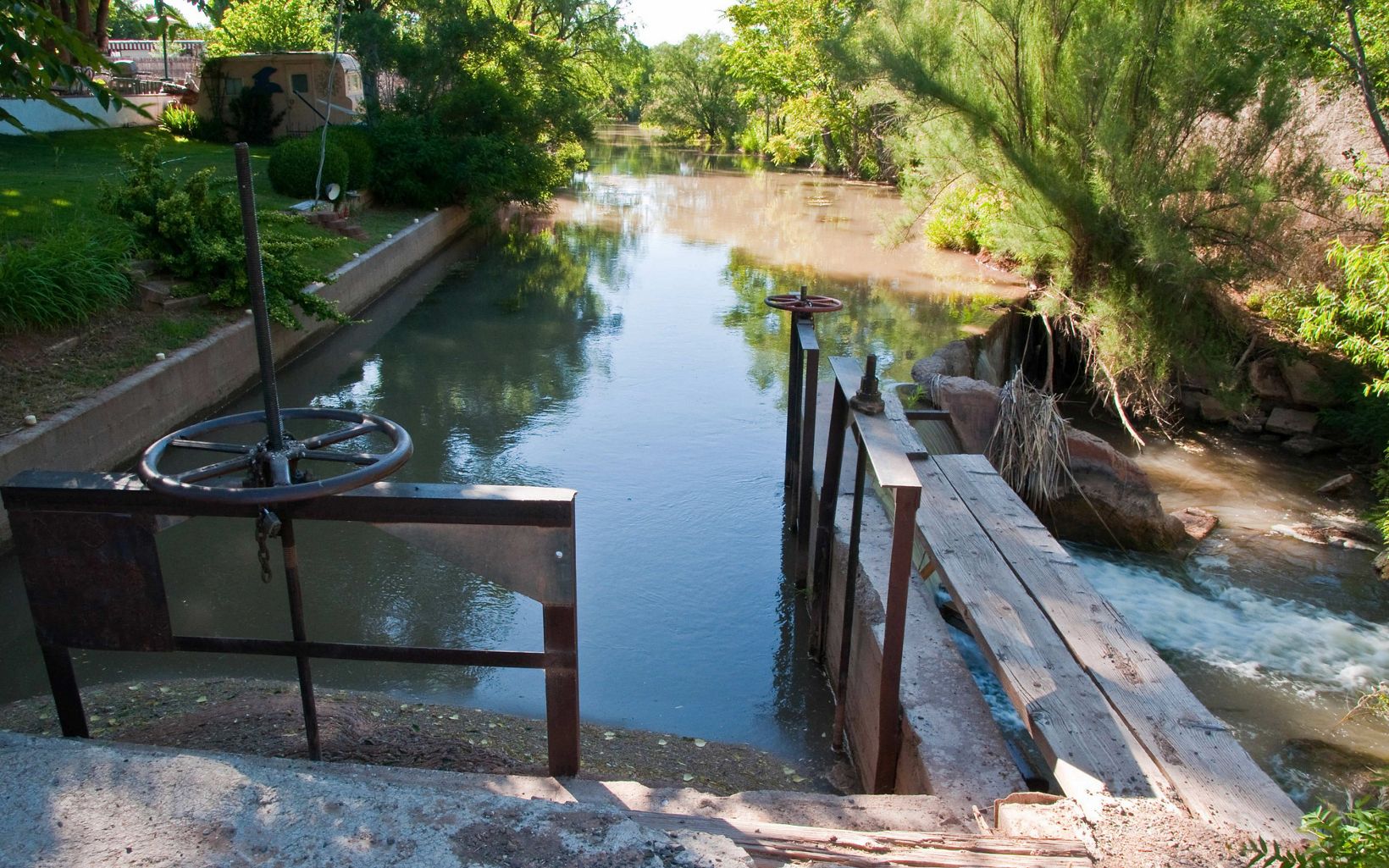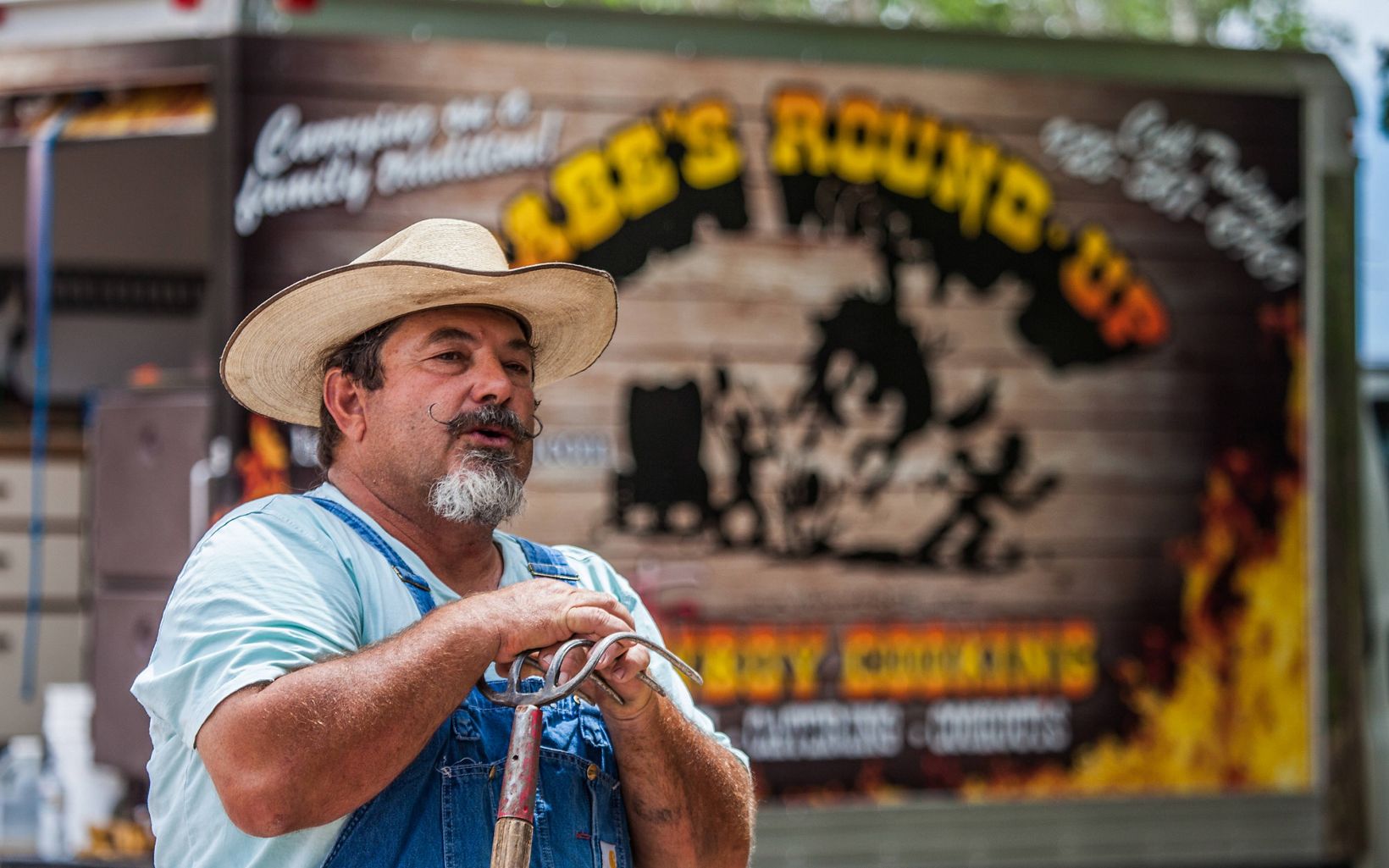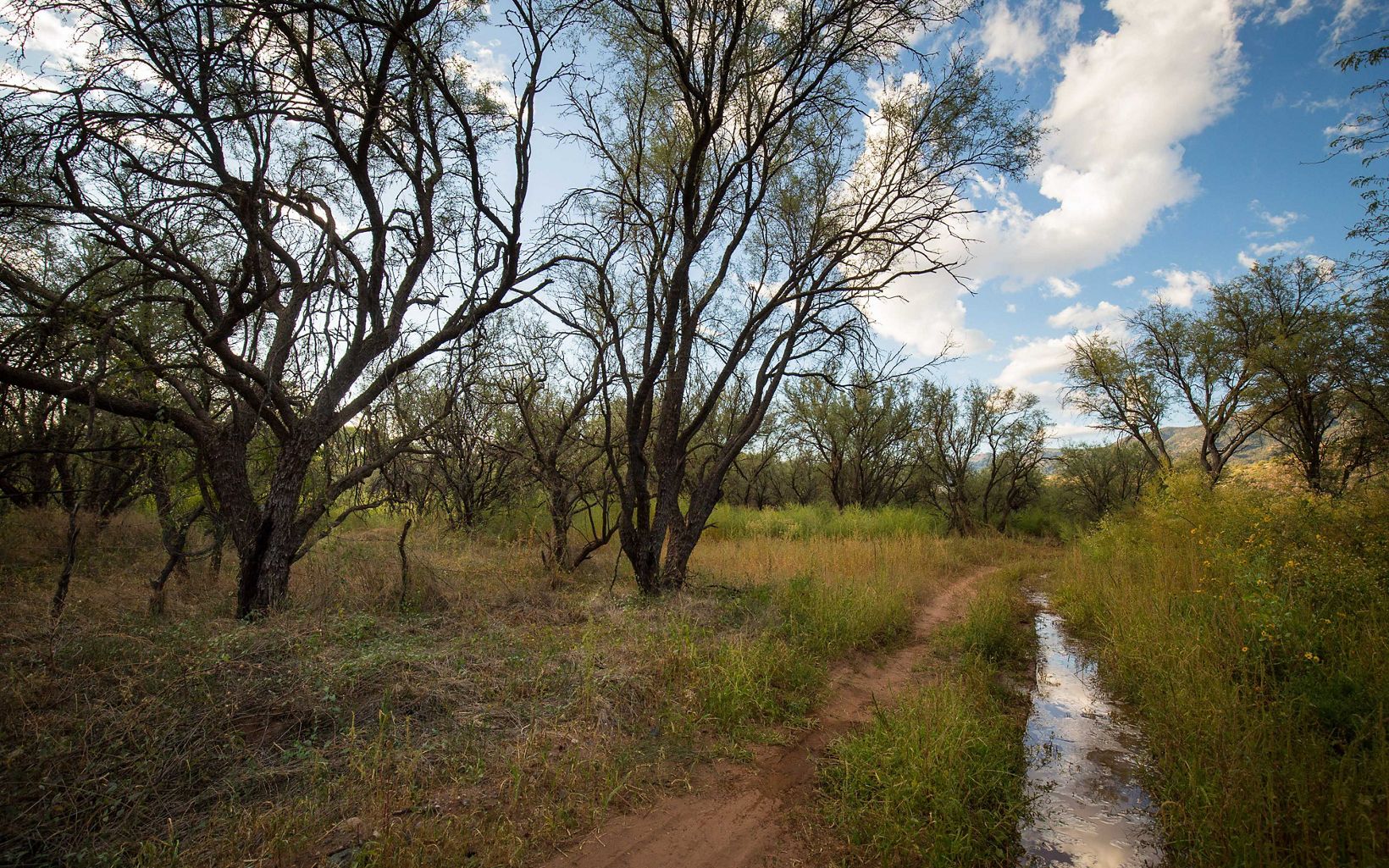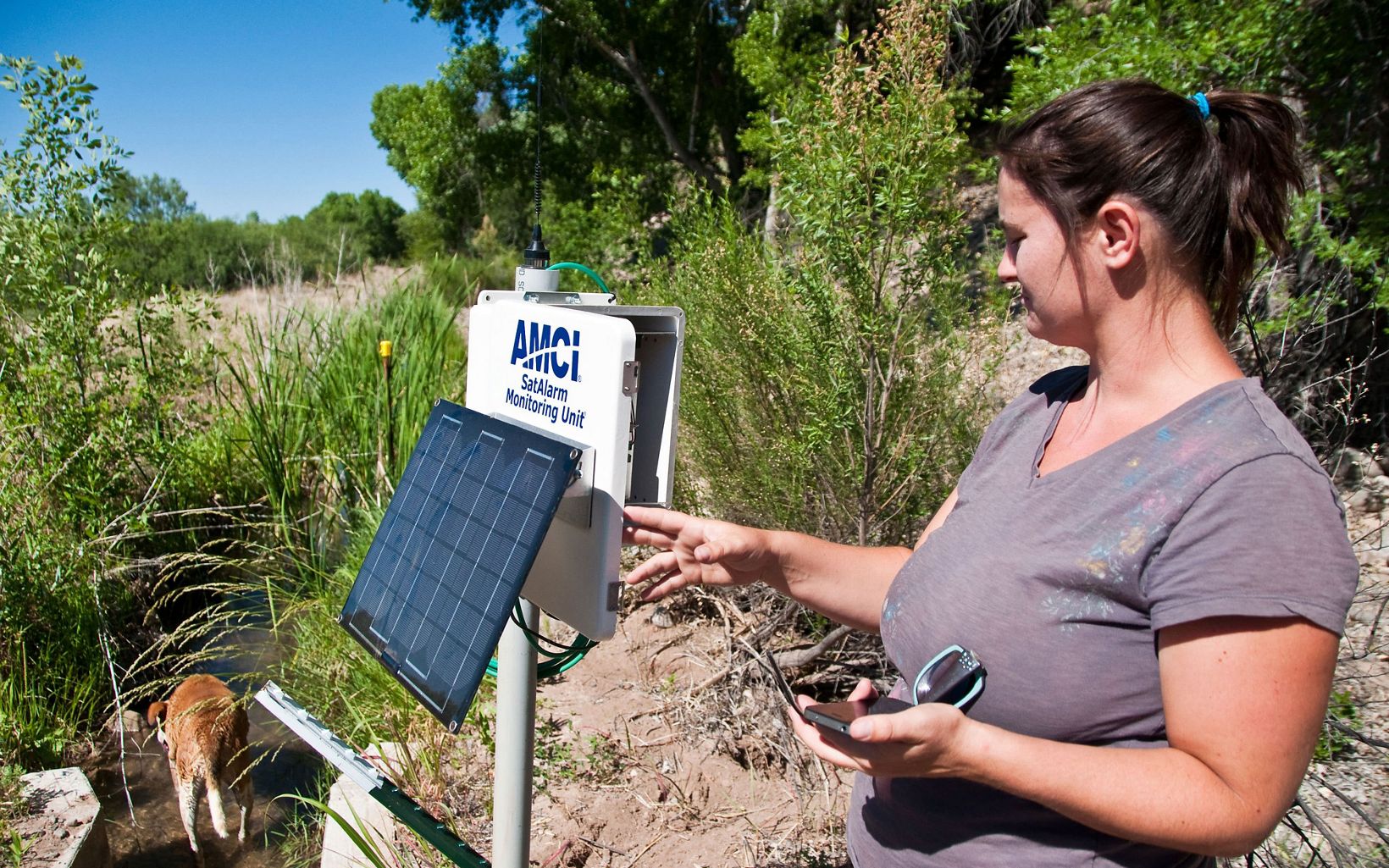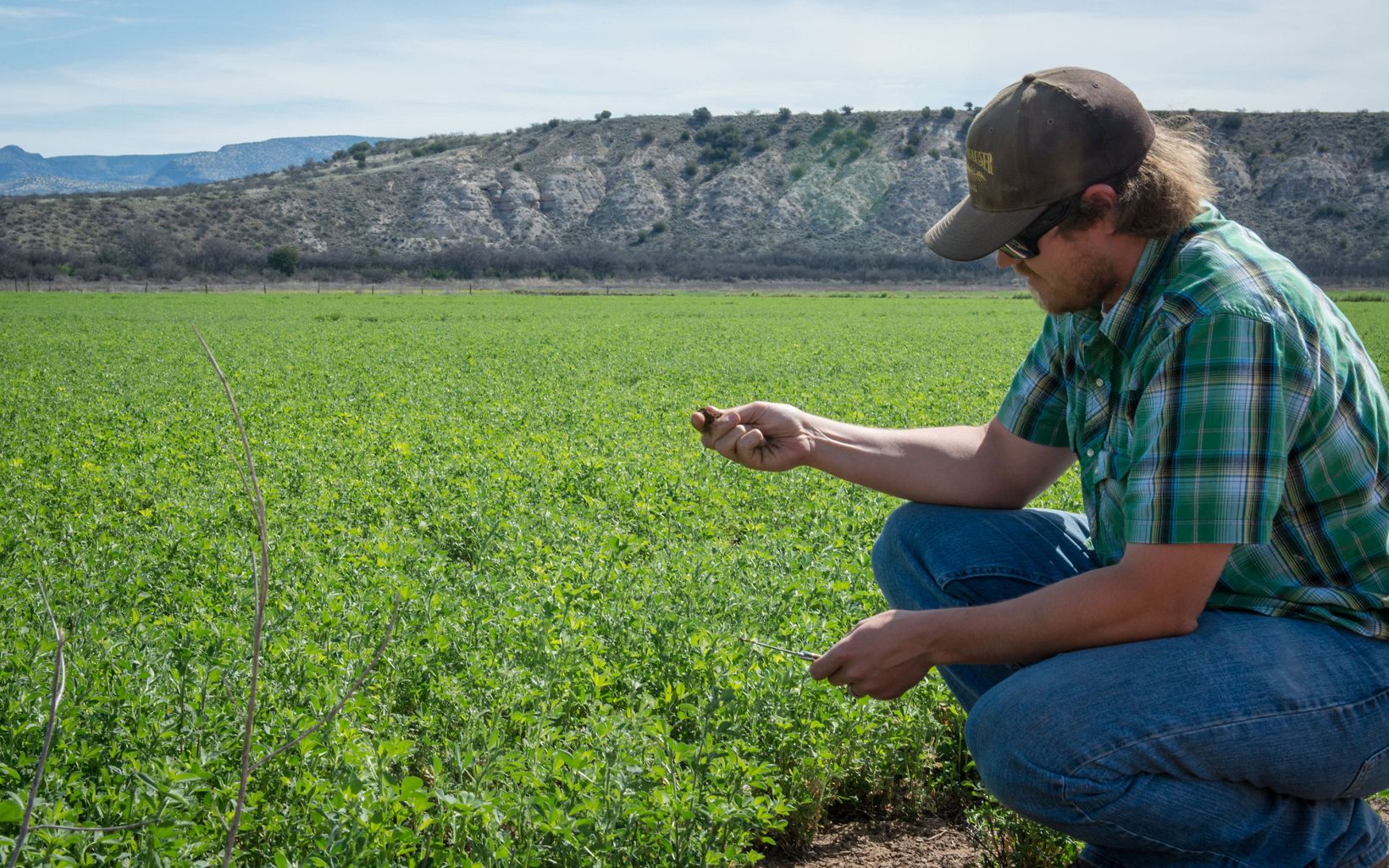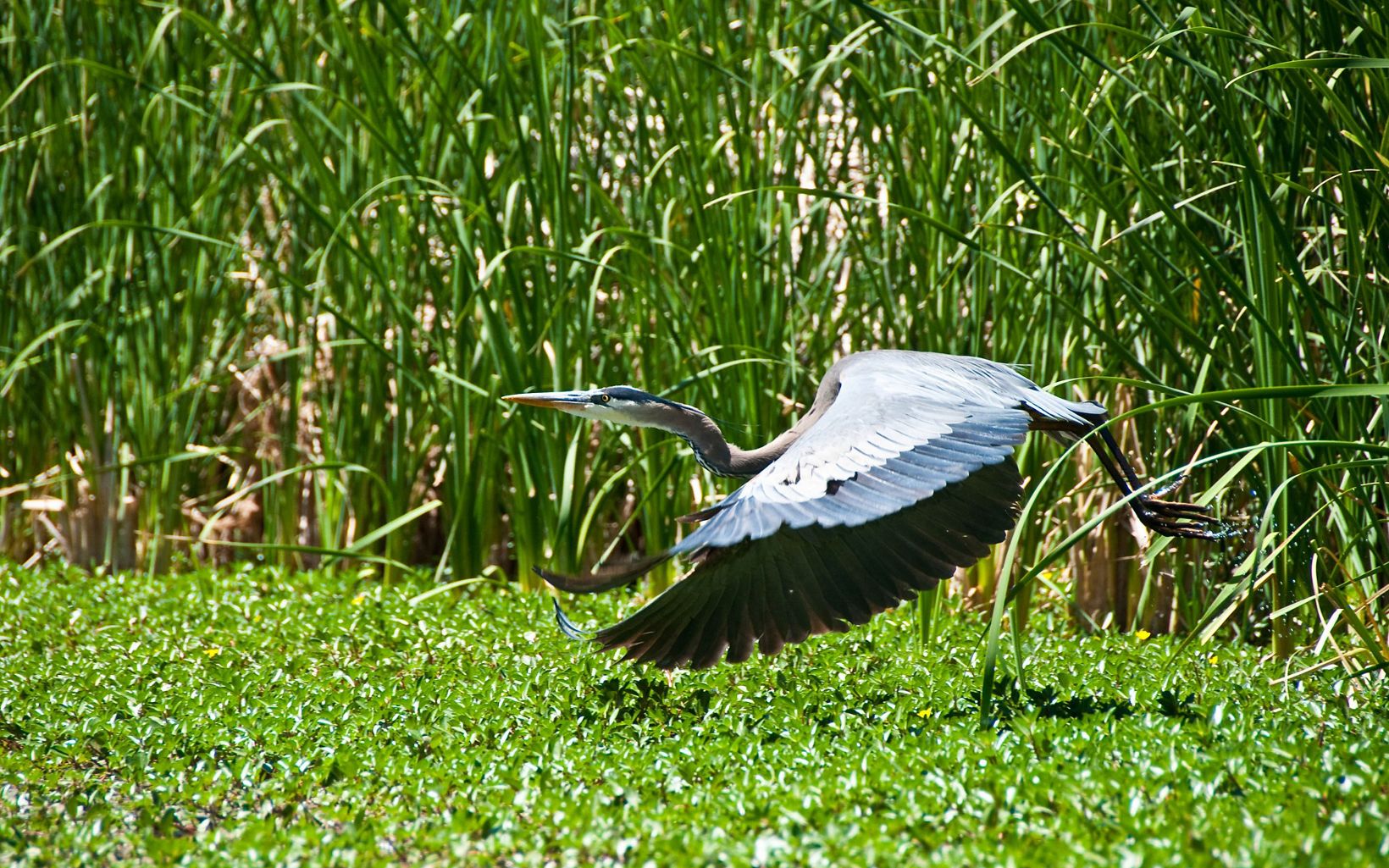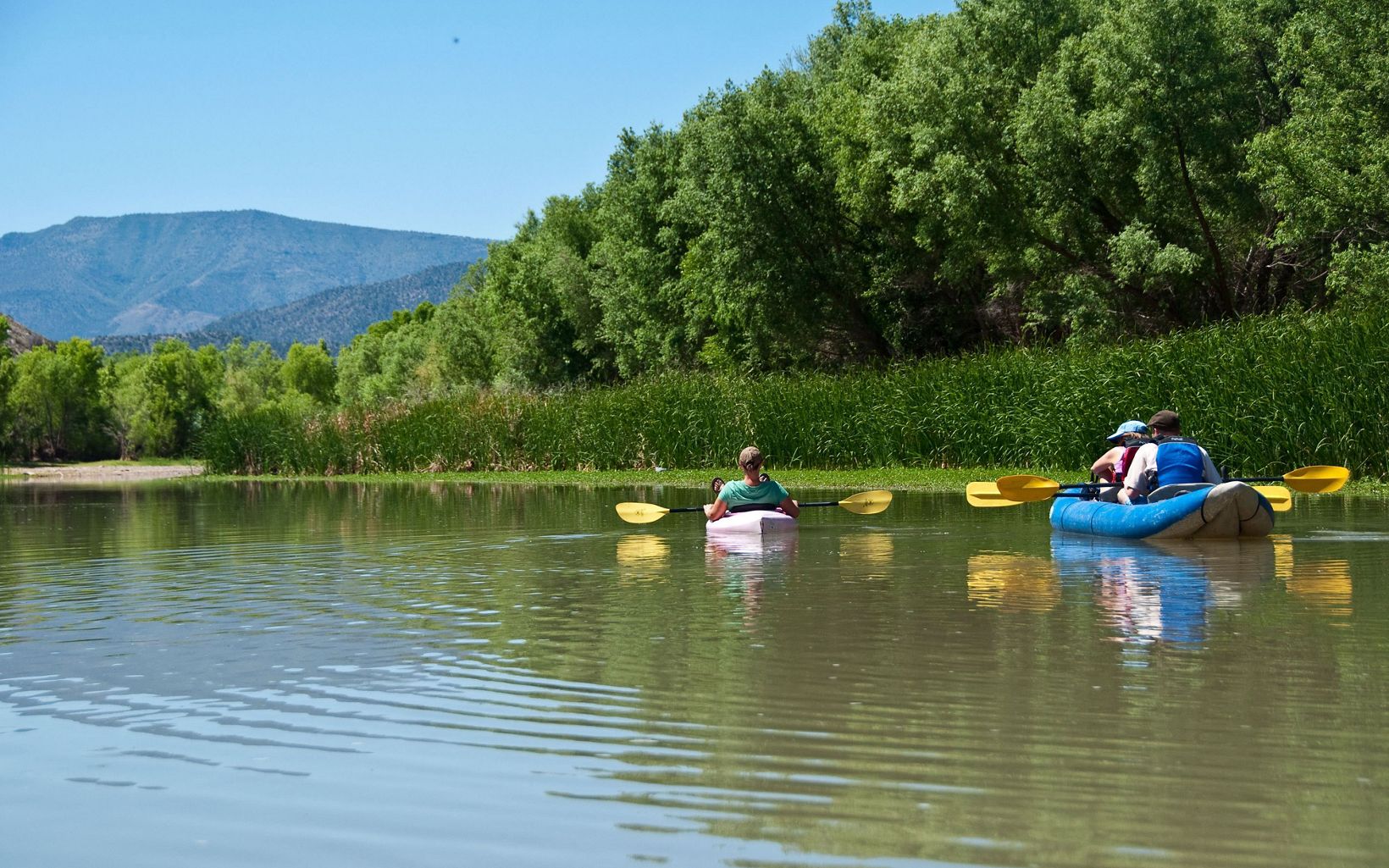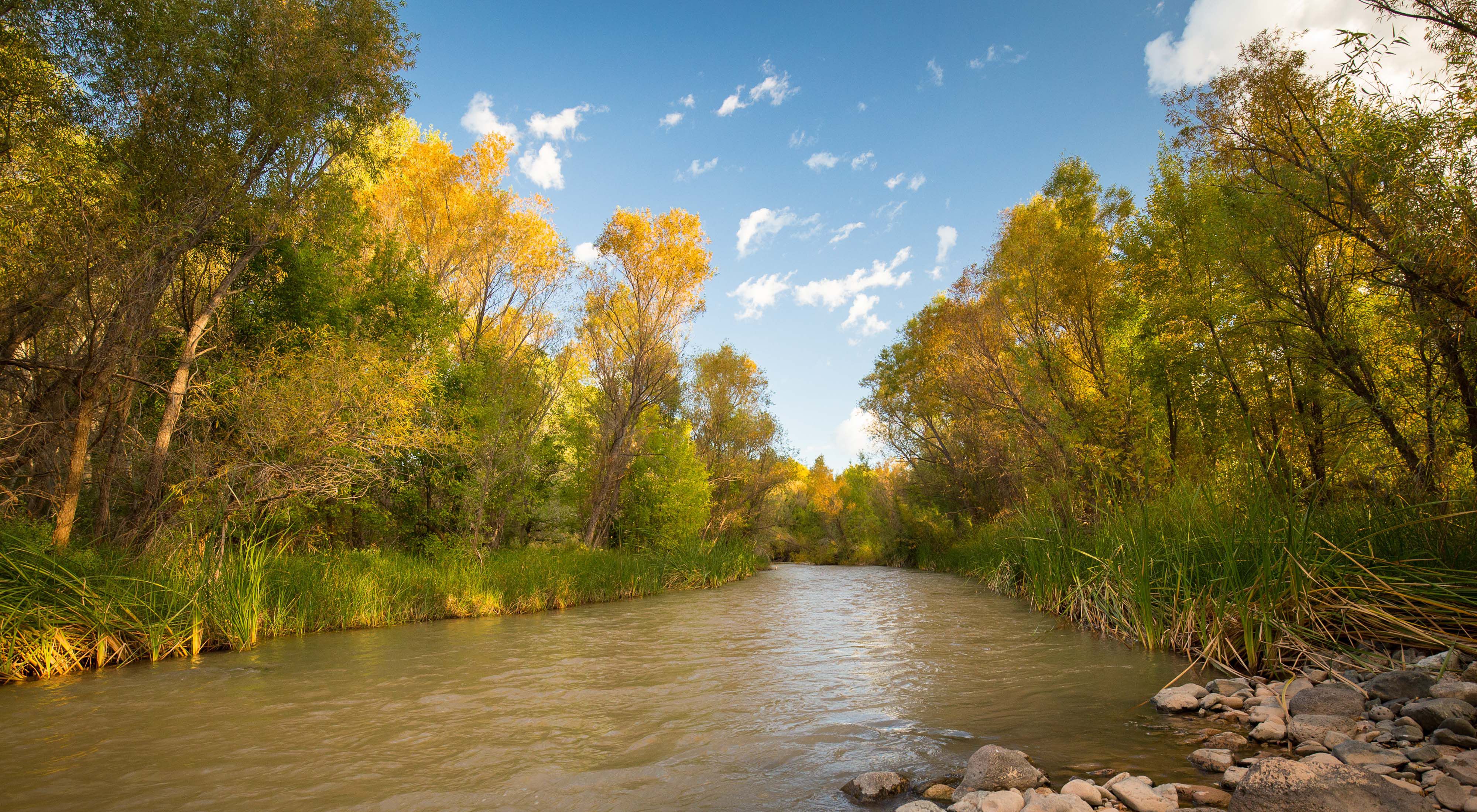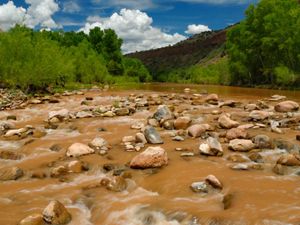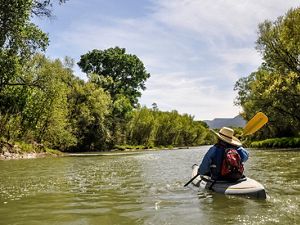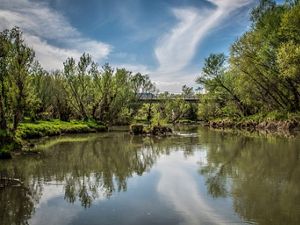Growing Food & Saving a River
Farmers are the perfect partners for conservation along the Verde River.
A Park Central Celebration
On a recent warm, sunny afternoon, the Hauser Farm family and friends joined with funders and community members by a pond on the Park Central Farm. They were there to celebrate a remarkable achievement for the community of Camp Verde and the river running through it, the Verde.
The Nature Conservancy (TNC) and its partners had garnered funding for a conservation agreement to help the Hausers purchase a property they had leased for years. The funding they received for the conservation easement, which would require them to keep the land in farming and adhere to conservation objectives, was based on the development value of the 595-acre Park Central property.
“I used to dream about this, but I never thought it would happen,” said Kevin Hauser, whose family runs a crop and produce farm operation in the Verde Valley. “It was always my goal to own this property.”
The Park Central Farm is adjacent to TNC’s Shield Ranch, where the Hausers grow barley that is malted for beer. Park Central is also across the river from the Rockin’ River Ranch, which the Conservancy helped purchase to become Arizona’s newest state park. The result is a protected corridor of more than three miles of river and 1,000 acres of farmland and open space, including a valuable streamside forest that is home to nesting bald eagles, the endangered yellow-billed cuckoo, otters, beaver and many aquatic species.
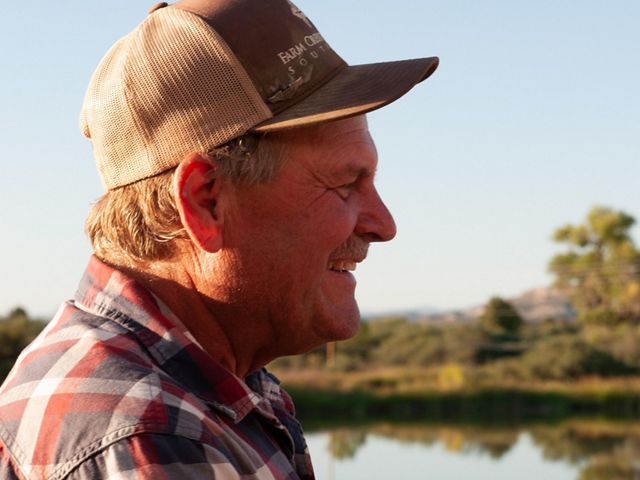
Quote: Charles German
“Preserving precious water so that we can grow local food and have enough water in the river for recreation will be key the area’s future.”
A Lasting Partnership with Farmers
The Hausers were one of the Conservancy’s earliest partners in the middle Verde Valley. They agreed to the installation of automatic, solar-powered ditch gates, which monitored water flow. That effort showed that farmers could get by with less irrigation water from the river. With federal funding, the Hausers also installed more water-efficient drip-irrigation systems on their property.
These innovations have helped reduce the amount of river water flowing into the ditches. That means more water stays in the river.
“Now we’re only taking the amount we need to use, and leaving the rest to help the river. TNC has provided our community with some practical solutions that benefit us all,” says Kevin Hauser.
Kevin Hauser’s son Zach is part of the third generation of Hausers to farm in the Verde Valley. The family operates on 500 acres, spread out in many parcels, mostly planted in corn and hay. Hauser loves working 19-hour days, using the ditches to water his sweet corn—famous across the state. In 2017, the Hausers expanded their operation to experiment with growing barley, which uses less water than other crops, and can be malted for use in brewing beer.
“You’d almost have to be a farmer to understand my attachment to this place," Hauser says. "There’s something about working on the land, it almost becomes a part of you.”
Quote: Kim Schonek
You don’t have to take land out of production to improve stream flow in the mainstem of the river.”
Upgrading Irrigation to Conserve Water
Kim Schonek, TNC’s Verde River Projects manager, now works with four of the seven large ditch companies in the Verde valley to improve their irrigation practices and to create incentives for creative water management to keep more water in the river for wildlife and recreation.
For example, an agreement the Diamond S Ditch Company, which provides water to Hauser and around 80 landowners in the Camp Verde area, allows the company to gets paid up to $10 per acre-foot of unused irrigation water, funds that help pay for more irrigation upgrades.
“I’m all for an organization that can show us a better way,” says John McReynolds, who runs Eureka Ditch, another company that is partnering with TNC. “The Nature Conservancy has the resources. They have the knowledge. It’s going to take a partnership from everybody.”
That sense of partnership is key to the success of The Nature Conservancy in the Verde Valley. A cluster of non-profits has emerged in the last twenty years to preserve the ribbon of green that threads this under-appreciated refuge in north-central Arizona. TNC partners with them all—and the Verde Valley has reached a tipping point.

Keeping the Verde River a Ribbon of Green
Thanks to decades of conservation work along the Verde, flows have increased, and more increases are projected, which will benefit fish and wildlife, river recreation users, homeowners and people downstream who rely on this important tributary to the Colorado River.
Water from the 185-mile long Verde River is a major source of drinking water for not only the Verde Valley but also metropolitan Phoenix. By 2050, planners say that 205,000 people will live where 65,000 Verde Valley citizens live now.
The river is important for wildlife too. Some of the highest breeding bird densities in North America have been reported in the cottonwood forests along the Verde River. Increased flows help sustain those forests and make it possible for fish and other aquatic life to move up and down the river.
“The Nature Conservancy’s focus in the Verde is not to create new preserves,” says Schonek. “Our goal is to work with landowners and conservation partners to protect sensitive places from development and keep them part of a working landscape.”
At the recent celebration for Park Central Farm, The Nature Conservancy’s Arizona state director, Patrick Graham, invited the group to look west toward the river. “Imagine if there were no trees, because the subdivision had cut them down to get views of the river, and there was no shade, and the Verde was at a trickle. That’s the alternate future that’s not going to happen.”
Quote: Patrick Graham
“Imagine if there were no trees, because the subdivision had cut them down to get views of the river, and there was no shade, and the Verde was at a trickle. That’s the alternate future that’s not going to happen.”

